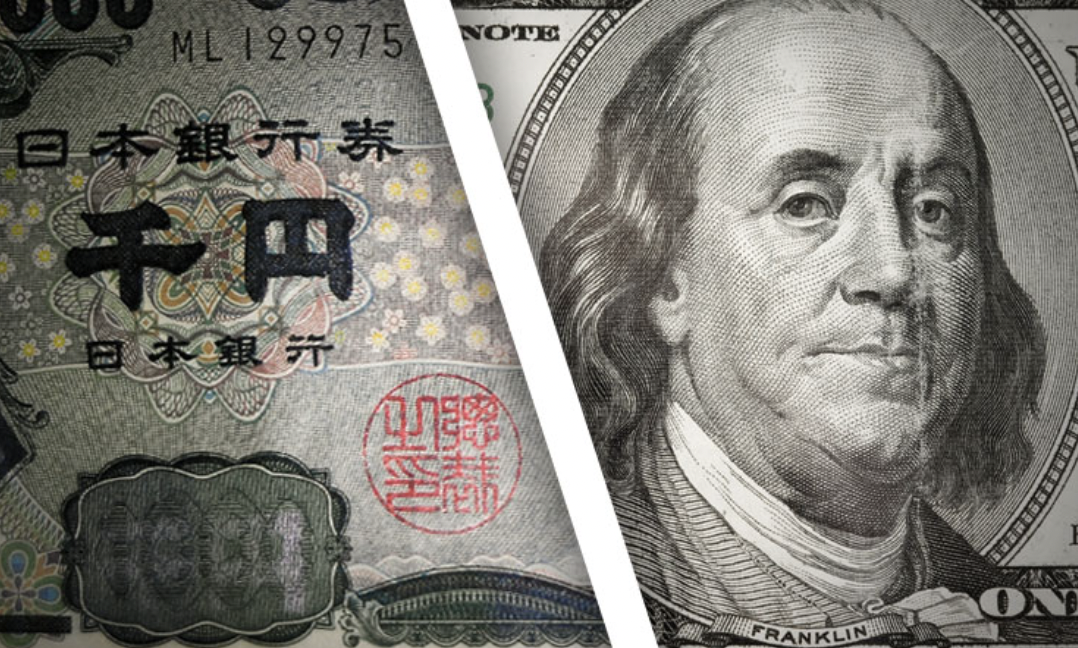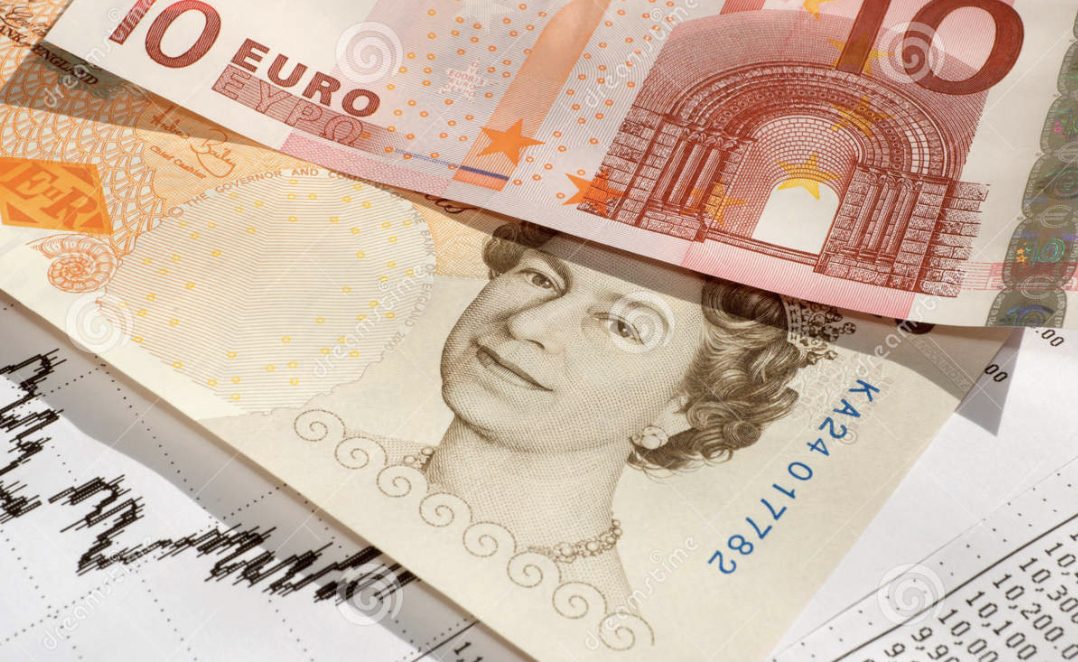
Alina Haynes
Aug 10, 2022 11:35

As Tokyo begins on Wednesday, bulls on the EUR/JPY keep the previous day's gains at a two-week high while teasing the 138.00 mark. The cross-currency pair ignores Japan's Producer Price Index (PPI) information in the context of falling Treasury yields by doing this. The current lull in the pair's performance may also be attributed to investors' caution ahead of July's critical inflation data from the world's major economies.
Japan's PPI for July climbed to 8.6% YoY versus the 8.6% market average but was in line with market expectations of 0.4% MoM. Despite this, 10-year US Treasury rates haven't changed much over the past few days, hovering around 2.79 percent.
According to sources familiar with the Bank of Japan's (BOJ) thinking, the BOJ expects prices to rise more quickly than was predicted during the July meeting. This information was reported on by MNI on Tuesday. But according to MNI, "unless it helps to accelerate wages next spring, the rise in inflation to 3% or more by the end of the year will not be sufficient to induce a change in its easy policy stance."
The JPY appears to be impacted elsewhere by the political unrest, indicating that Japanese Prime Minister Fumio Kishida is willing to replace his cabinet. Shunichi Suzuki, the finance minister, is expected to keep his job, Reuters reports, indicating that there aren't any significant threats to the Bank of Japan's (BOJ) policies regarding easy credit. The same ought to provide confidence in JPY bears.
Concerns that the Eurozone may have more problems as a result of Russia's suspension of oil supplies should have had an effect on the EUR/JPY exchange rate, to name one important factor. Reuters reports that due to worries over transit payments, Russia has stopped sending oil through the Druzhba pipeline's southern section.
In contrast, EUR/JPY prices appeared to have been driven in recent weeks by expectations of further BOJ easing and low interest rates, as well as preparations for today's crucial CPI data from China, Germany, and the U.S. for July.

Aug 10, 2022 11:32

Aug 11, 2022 12:03